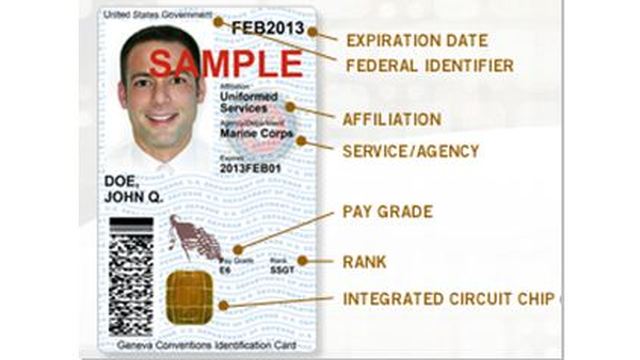 The Defense Department has awarded a first of its kind joint enterprise licensing agreement for Microsoft collaboration, mobility, productivity and security tools. Valued at $617 million, the three-year agreement will allow the Army, Air Force and the Defense Information Systems Agency to begin using the latest versions of the company’s products.
The Defense Department has awarded a first of its kind joint enterprise licensing agreement for Microsoft collaboration, mobility, productivity and security tools. Valued at $617 million, the three-year agreement will allow the Army, Air Force and the Defense Information Systems Agency to begin using the latest versions of the company’s products.
The agreement creates a single framework providing all three organizations with a single, standardized way to access new Microsoft technologies. The contract also supports top DOD IT goals for data center consolidation, collaboration, cybersecurity, mobility, cloud computing and big data, company officials said in a statement. Keep reading →
 A new technology with potential government applications could make computer mice and touch interfaces obsolete with the wave of a finger. Consisting of a small motion-sensing unit and software, the
A new technology with potential government applications could make computer mice and touch interfaces obsolete with the wave of a finger. Consisting of a small motion-sensing unit and software, the  The National Security Agency is launching a mobile device capability at the end of this year that will allow its personnel to securely access classified information with their smartphones and tablet computers.
The National Security Agency is launching a mobile device capability at the end of this year that will allow its personnel to securely access classified information with their smartphones and tablet computers. The Defense Advanced Research Projects Agency (DARPA) is beginning work to develop a wireless communications system capable of transmitting data at speeds of 100 gigabits per second, rivaling high-speed fiber optic systems.
The Defense Advanced Research Projects Agency (DARPA) is beginning work to develop a wireless communications system capable of transmitting data at speeds of 100 gigabits per second, rivaling high-speed fiber optic systems. The
The  What seemed like a simple objective, to develop and issue a standardized, electronically-verifiable identification card for civilian agency personnel, continues to encounter a barrage of technical and cultural challenges at a time when identification has become a critical component in the government’s efforts to embrace mobile and remote computing.
What seemed like a simple objective, to develop and issue a standardized, electronically-verifiable identification card for civilian agency personnel, continues to encounter a barrage of technical and cultural challenges at a time when identification has become a critical component in the government’s efforts to embrace mobile and remote computing. The Defense Department is planning to accept a European-developed identification standard that will allow allied military personnel and contractors to access secure military networks under specific circumstances.
The Defense Department is planning to accept a European-developed identification standard that will allow allied military personnel and contractors to access secure military networks under specific circumstances. Mobile technology is poised to radically change the global economy by eliminating many jobs and entire industries. But this shift to virtual tools, documents and services will also create a host of new opportunities that will literally be at users’ fingertips.
Mobile technology is poised to radically change the global economy by eliminating many jobs and entire industries. But this shift to virtual tools, documents and services will also create a host of new opportunities that will literally be at users’ fingertips.
